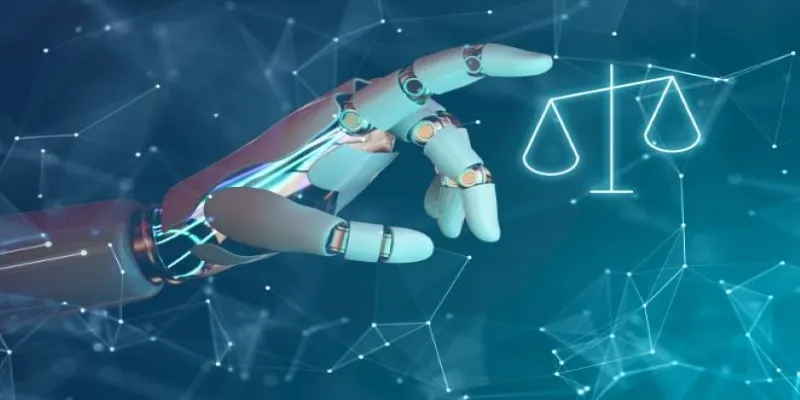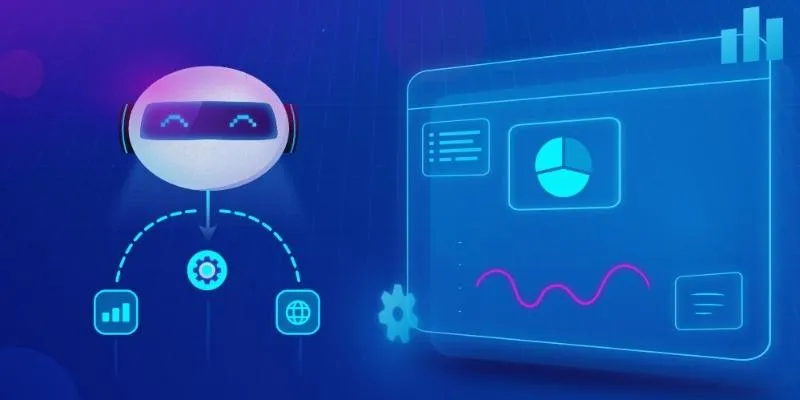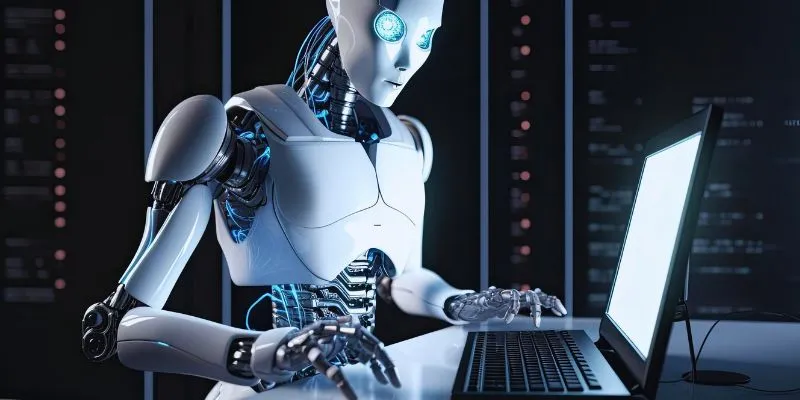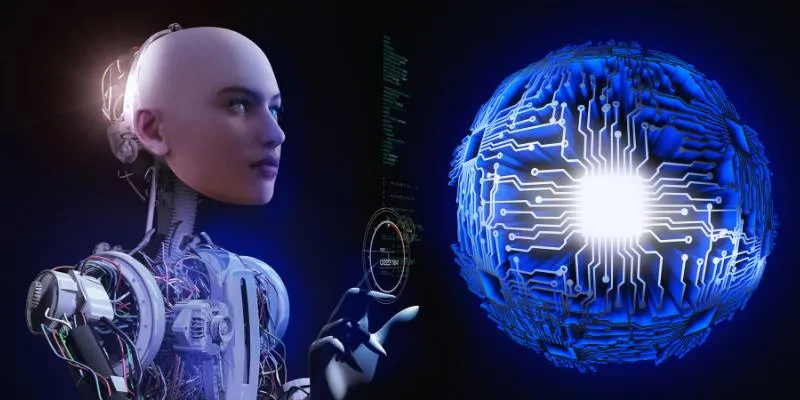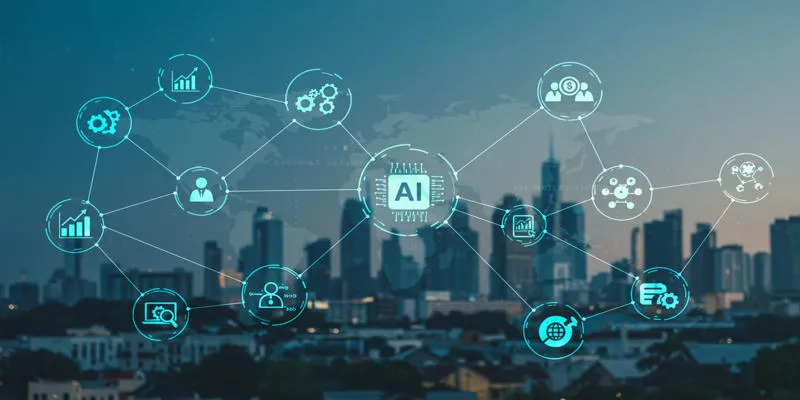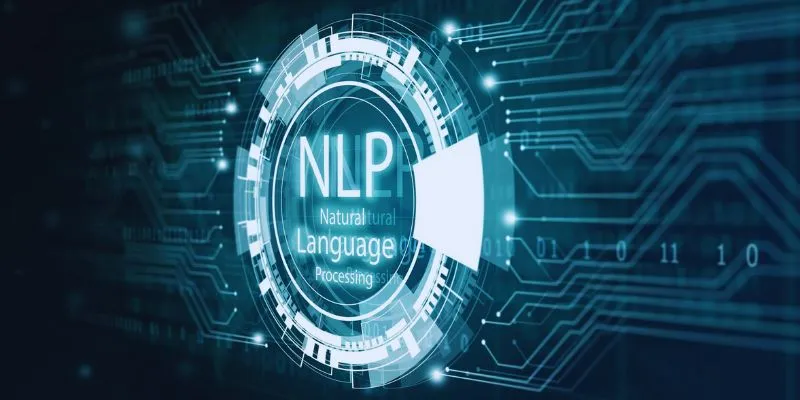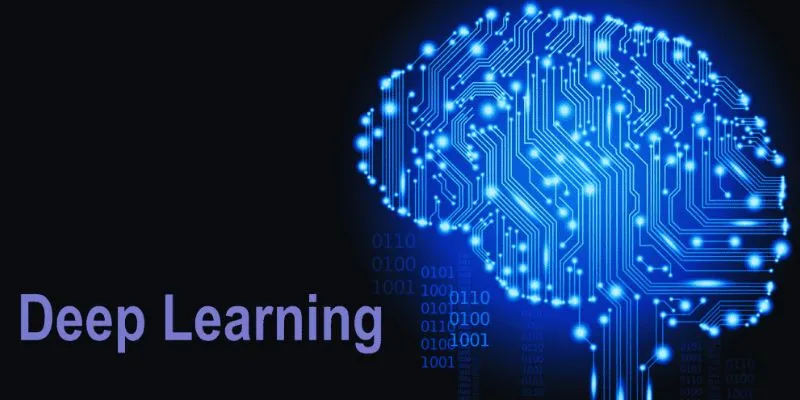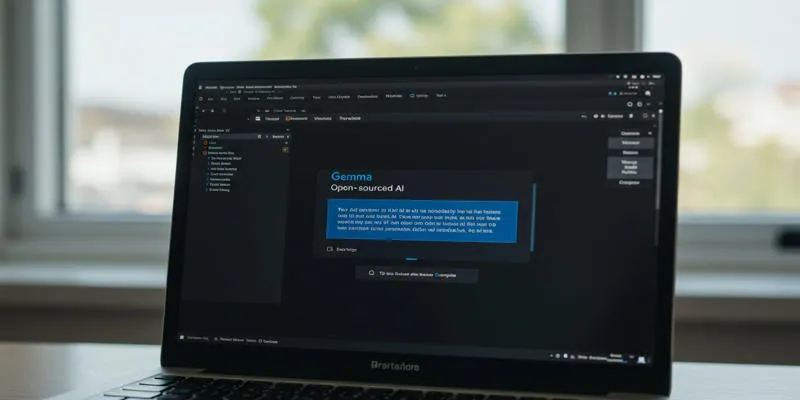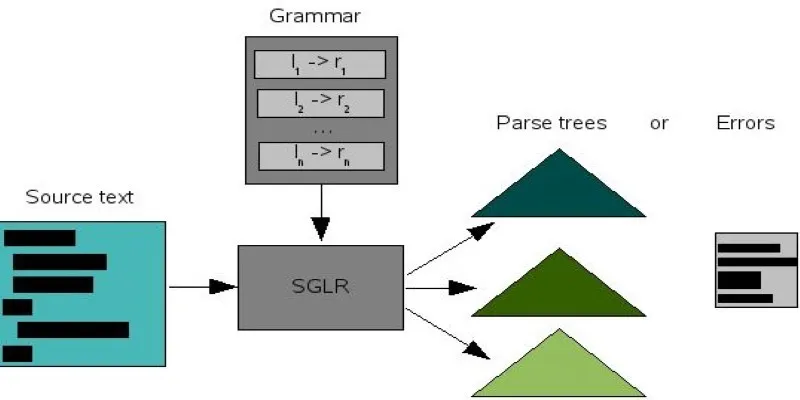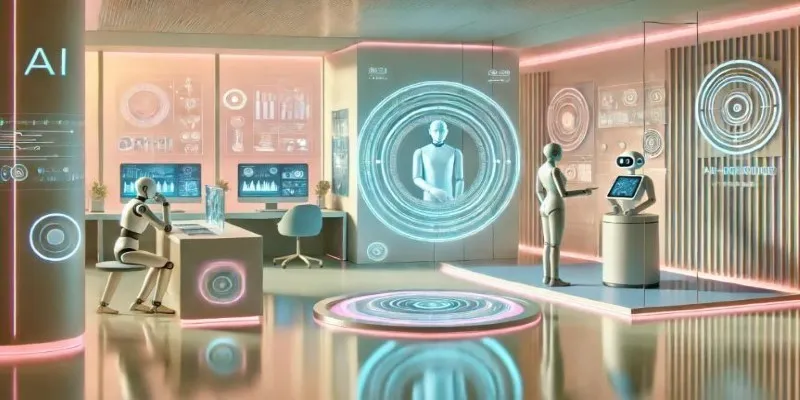Campus security has always been a top priority for educational institutions. However, as campuses expand and evolve, traditional security measures are insufficient. Enter AI: a game-changer in campus safety. From facial recognition to predictive analytics, AI technology is revolutionizing how schools and universities protect their students and staff.
AI can quickly identify threats, monitor behavior in real time, and even anticipate risks. This new era of campus safety isn’t just about responding to incidents—it’s about preventing them before they happen.
The Role of AI in Campus Security
AI’s role in campus security revolves around the need for faster, more precise, and effective systems that can react to security breaches in real time. Traditional methods such as human security officers or CCTV cameras are no longer sufficient to keep pace with the size and sophistication of modern educational institutions. This is where AI steps in.
AI-powered systems, particularly those using facial recognition technology, enhance campus security capabilities. By using cameras and algorithms, facial recognition systems can automatically identify individuals in real time. This helps security personnel respond quickly to potential threats or suspicious activities, as the system instantly flags unauthorized individuals.
Beyond facial recognition, AI-based security systems provide technologies such as behavior analysis and predictive analytics. These systems detect unusual patterns in behavior or looming security threats before problems arise. Through integration with live data, AI offers a predictive strategy for securing campuses, minimizes the likelihood of incidents, and ensures that necessary actions to maintain order are taken promptly.
Facial Recognition Technology in Campus Safety
Facial recognition is among the most discussed AI technologies in campus security. This technology identifies individuals using their facial features and matches them against a database of images. In campus security, it enables institutions to enhance security without relying on human monitoring.

The use of facial recognition in campus security systems offers several advantages. It helps prevent unauthorized access to secure areas. For example, AI can be used to control access to dormitories, laboratories, or staff-only zones, ensuring only authorized individuals can enter. This is a significant improvement over traditional ID card systems, which can be lost or stolen, leaving campus buildings vulnerable to intruders.
Additionally, AI facial recognition can monitor attendance at large campus events, such as sports games or concerts. It can efficiently track who enters and exits an event, making it easier to monitor large crowds and identify individuals who may pose a risk.
The convenience of this technology also cannot be overstated. Students and staff no longer have to worry about carrying ID cards or misplacing them. As long as they are on campus, the AI system can track their movements and provide an extra layer of security.
AI-Powered Safety Systems: Beyond Facial Recognition
While facial recognition is a prominent example of AI in campus security, other AI-powered safety systems offer significant benefits. AI can be integrated into various technologies to enhance overall security. For instance, AI-based surveillance cameras monitor behavior across the campus, looking for signs of unusual activity that could indicate a potential threat.
AI can analyze movements and behaviors in real time, alerting security if a person is loitering near restricted areas or acting suspiciously. These systems can even detect behaviors indicating a person may be in distress, such as wandering or acting erratically. This level of insight allows security teams to act faster and more effectively than traditional surveillance systems, which often require hours of footage review to identify anything suspicious.
AI can also predict security risks. By analyzing historical data on on-campus incidents, AI algorithms can identify patterns and trends, allowing institutions to anticipate potential security issues. This predictive capability is essential for making campuses safer. Rather than reacting to threats, security teams can focus on preventing incidents before they happen.
Another significant development in AI safety systems is the integration of communication channels. AI can help coordinate alerts and responses across multiple platforms, from security personnel to campus-wide notifications. For instance, in an emergency, AI can automatically lock doors, send text alerts to students and staff, and alert campus law enforcement—all in real-time.
Balancing Security and Privacy
While AI in campus security offers significant benefits, privacy concerns, particularly regarding facial recognition technology, cannot be overlooked. Critics argue that facial data collection can be misused, leading to potential privacy violations. Many universities have debated whether to adopt facial recognition, citing the risk of surveillance overreach.
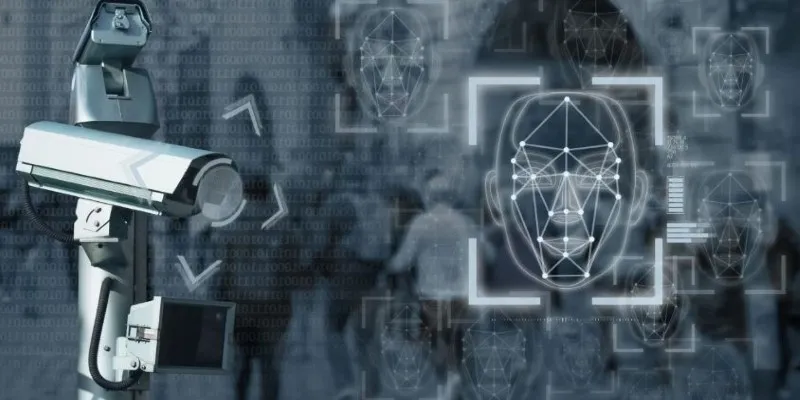
To address these concerns, institutions must carefully balance security with privacy. Clear policies and guidelines should govern the use of AI-driven systems, ensuring that collected data is securely stored and only used for security purposes. Students and staff need to be informed about how their data is being used to ensure compliance with data protection laws.
Transparency is crucial. Campuses should allow individuals to opt out of specific monitoring systems if they feel uncomfortable. By fostering trust and open communication, institutions can implement AI security systems responsibly, ensuring that privacy rights are respected while enhancing campus safety.
Conclusion
AI-powered facial recognition and safety systems are reshaping campus security by providing faster, more efficient, and proactive solutions. While privacy concerns remain, balancing security with respect for personal privacy is crucial for success. As AI technology evolves, it will play an even larger role in enhancing campus safety and response to threats. By addressing privacy concerns and fostering transparency, institutions can create secure environments where students and staff can thrive without fear of security risks.
 zfn9
zfn9
